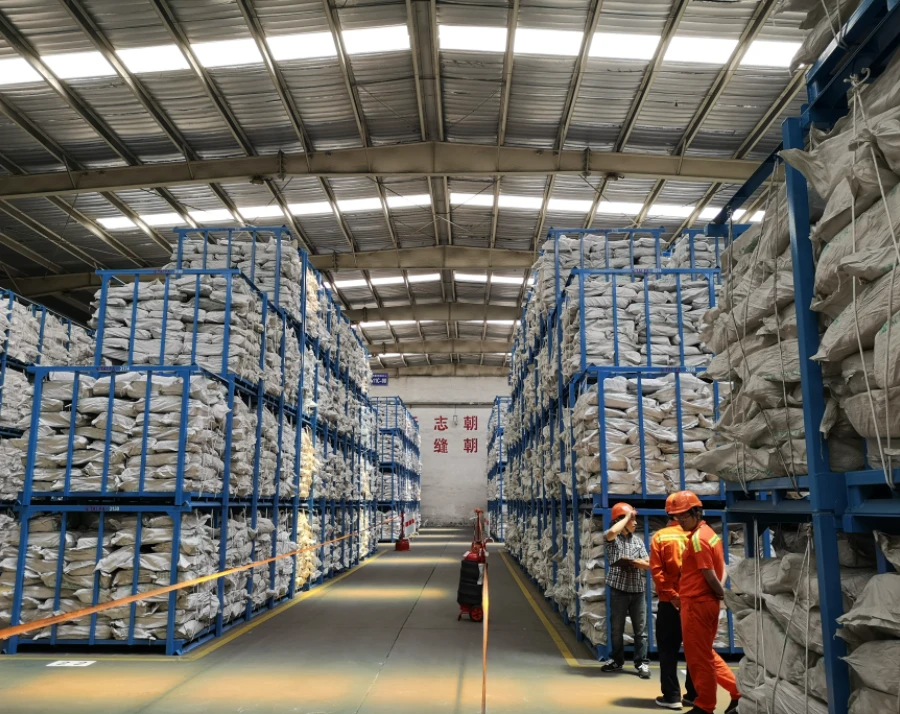



pb ii oxide
PbII Oxide Properties, Applications, and Environmental Considerations
PbII oxide, commonly referred to as lead(II) oxide, is a compound that has garnered significant interest due to its unique properties and versatile applications. Composed of lead (Pb) and oxygen (O), PbII oxide is represented by the chemical formula PbO. This compound exists mainly in two forms litharge, which is a yellow powder, and massicot, which appears as a red or orange solid. The focus of this article will be on the properties of PbII oxide, its applications across various industries, and the environmental implications associated with its use.
Properties of PbII Oxide
PbII oxide exhibits distinct physical and chemical properties that make it valuable in numerous applications. It has a high melting point of around 888 °C (1630 °F) and a relatively low solubility in water. The compound is characterized by its semiconductor properties, enabling it to conduct electricity under certain conditions. Additionally, PbO can react with acids and bases, forming various salts and lead compounds, which can be useful in chemical synthesis.
The structure of PbII oxide is typically tetragonal or orthorhombic, contributing to its stability at high temperatures. In terms of color, the yellow pigment of litharge is particularly noteworthy, as it has historically been utilized in various coloring applications. Due to its lead content, however, PbII oxide poses significant health risks and has led to increased scrutiny regarding its use in consumer products.
Applications of PbII Oxide
The applications of PbII oxide are diverse, playing critical roles in several sectors
1. Glass and Ceramics PbO is widely used in the production of glass, particularly in crystal glass and lead glass, where it enhances clarity, brilliance, and refractive index. Its presence in ceramic glazes imparts a smooth, glossy finish and helps in reducing the melting temperature during firing.
2. Batteries One of the most significant applications of PbII oxide is in lead-acid batteries, which are used in automobiles, backup power systems, and renewable energy storage. During the discharge process of these batteries, PbO is converted back into lead and lead sulfate, demonstrating the compound's crucial role in energy storage.
pb ii oxide

3. Chemical Manufacturing PbII oxide serves as a starting material for synthesizing various lead compounds used in pigments, stabilizers, and catalysts. It is also employed in the manufacturing of optical glasses and in the formulation of radiation shielding materials due to its high atomic number.
4. Electronics In electronics, PbO is used in the production of semiconductors and component coatings, leveraging its conductive properties.
Environmental Considerations
Despite its various applications, the environmental and health risks associated with PbII oxide cannot be overlooked. Lead is a toxic heavy metal that poses significant health hazards to humans and wildlife. Prolonged exposure to lead can result in neurological, developmental, and reproductive issues. As a result, regulations governing the use of lead and its compounds have become increasingly stringent in many countries.
The environmental impact of PbII oxide is particularly concerning in industries where lead-based materials are used without adequate safety measures. Lead can leach into the soil and water systems, leading to contamination and posing risks to ecosystems. Efforts toward remediation and safe disposal of lead-contaminated materials are essential to mitigate these risks.
To navigate the challenges posed by PbII oxide, industries are exploring alternative materials and greener technologies. Research into lead-free substitutes in batteries, ceramics, and other products is gaining traction, aiming to reduce reliance on lead while maintaining performance standards.
Conclusion
In summary, PbII oxide is a compound with significant industrial importance, thanks to its unique properties and diverse applications in glass manufacturing, battery technology, and chemical synthesis. However, the health risks and environmental impacts associated with lead require careful consideration and management. As society moves towards a more sustainable future, the emphasis on reducing lead usage and identifying safe alternatives will be crucial in minimizing the detrimental effects of PbII oxide on health and the environment.
-
Why Sodium Persulfate Is Everywhere NowNewsJul.07,2025
-
Why Polyacrylamide Is in High DemandNewsJul.07,2025
-
Understanding Paint Chemicals and Their ApplicationsNewsJul.07,2025
-
Smart Use Of Mining ChemicalsNewsJul.07,2025
-
Practical Uses of Potassium MonopersulfateNewsJul.07,2025
-
Agrochemicals In Real FarmingNewsJul.07,2025
-
Sodium Chlorite Hot UsesNewsJul.01,2025










